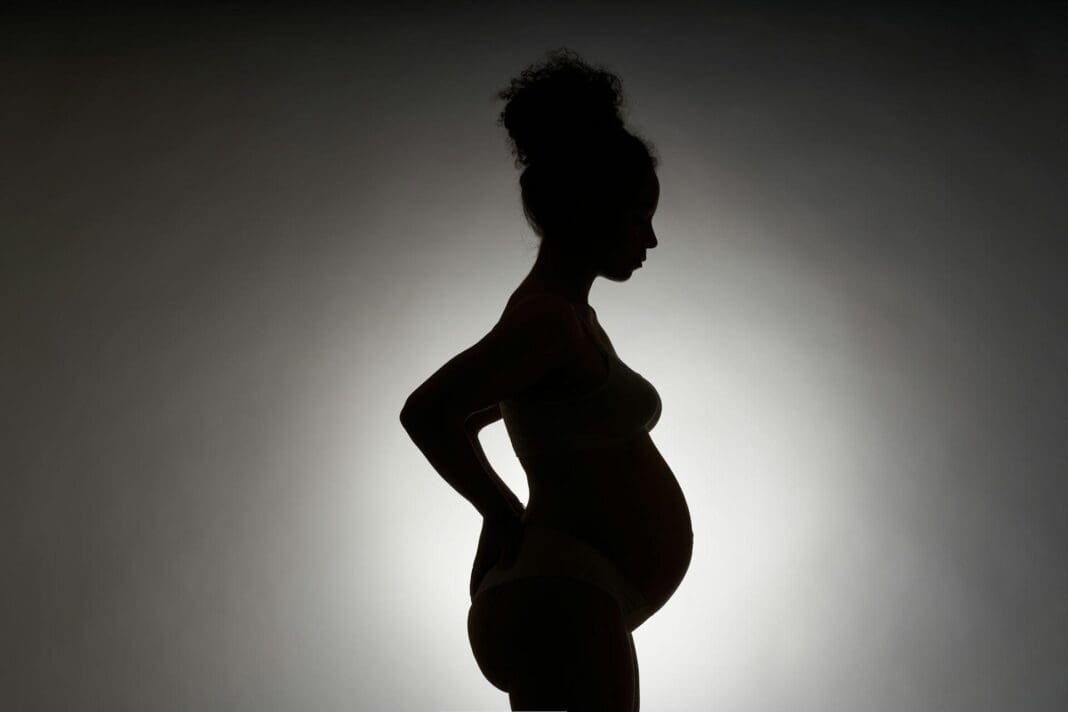Adriana Smith, a 30-year-old woman from Georgia who had been declared brain-dead in February 2025, spent 16 weeks on life support while doctors worked to keep her body functioning well enough to support her developing fetus. On June 13, 2025, her premature baby, named Chance, was born via cesarean section at 25 weeks.
Smith was nine weeks pregnant when she suffered multiple blood clots in her brain. Her story gained public attention when her mother criticized doctors’ decision to keep her on a ventilator without the family’s consent. Smith’s mother has said that doctors told the family the decision was made to align with Georgia’s LIFE Act, which bans abortion after six weeks of pregnancy and bolsters the legal standing of fetal personhood. A statement released by the hospital also cites Georgia’s abortion law.
“I’m not saying we would have chosen to terminate her pregnancy,” Smith’s mother told a local television station. “But I’m saying we should have had a choice.”
The LIFE Act is one of several state laws that have passed across the U.S. since the 2022 Dobbs v. Jackson decision invalidated constitutional protections for abortion. Although Georgia’s attorney general denied that the LIFE Act applied to Smith, there’s little doubt that it invites ethical and legal uncertainty when a woman dies while pregnant.
Smith’s case has swiftly become the focus of a reproductive rights political firestorm characterized by two opposing viewpoints. For some, it reflects demeaning governmental overreach that quashes women’s bodily autonomy. For others it illustrates the righteous sacrifice of motherhood.
In my work as a gender and technology studies scholar, I have cataloged and studied postmortem pregnancies like Smith’s since 2016. In my view, Smith’s story doesn’t fit straightforwardly into abortion politics. Instead, it points to the need for a more nuanced ethical approach that does not frame a mother and child as adversaries in a medical, legal or political context.
For centuries, Catholic dogma and Western legal precedent have mandated immediate cesarean section when a pregnant woman died after quickening, the point when fetal movement becomes discernible. But technological advances now make it possible sometimes for a fetus to continue gestating in place when the mother is brain-dead, or “dead by neurological criteria”– a widely accepted definition of death that first emerged in the 1950s.
The first brain death during pregnancy in which the fetus was delivered after time on life support, more accurately called organ support, occurred in 1981. The process is extraordinarily intensive and invasive, because the loss of brain function impedes many physiological processes. Health teams, sometimes numbering in the hundreds, must stabilize the bodies of “functionally decapitated” pregnant women to buy more time for fetal development. This requires vital organ support, ventilation, nutritional supplements, antibiotics and constant monitoring. Outcomes are highly uncertain.
Smith’s 112-day stint on organ support ranks third in length for a postmortem pregnancy, with the longest being 123 days. Hers is also the earliest ever gestational age from which the procedure has been attempted. Because time on organ support can vary widely, and because there is no established minimum fetal age considered too early to intervene, a fetus could theoretically be deemed viable at any point in pregnancy.
Over the past 50 years, critics of postmortem pregnancy have argued that it constitutes gender-based violence and violates bodily integrity in ways that organ donation does not. Some have compared it with Nazi pronatalist policies. Others have attributed the practice to systemic sexism and racism in medicine. Postmortem pregnancy can also compound intimate partner violence by giving brain-dead women’s murderers decision-making authority when they are the fetus’s next of kin.
Fetal personhood laws complicate end-of-life decision-making in ways that many consider violent too. As I have seen in my own research, when the fetus is considered a legal person, women’s wishes may be assumed, debated in court or committee, or set aside entirely, nearly always in favor of the fetus.
From the perspective of reproductive rights advocates, postmortem pregnancy is the bottom of a slippery slope down which anti-abortion sentiment has led America. It obliterates women’s autonomy, pitting living and dead women against doctors, legislators and sometimes their own families, and weaponizing their own fetuses against them.
Viewed through a medical lens, however, postmortem pregnancy is not violent or violating, but an act of repair. Although care teams have responsibilities to both mother and fetus, a pregnant woman’s brain death means she cannot be physically harmed and her rights cannot be violated to the same degree as a fetus with the potential for life.
Medical practitioners are conditioned to prioritize life over death, motivating a commitment to salvage something from a tragedy and try to partially restore a family. The high-stakes world of emergency medicine makes protecting life reflexive and medical interventions automatic. Once fetal life is detected, as one hospital spokesperson put it in a 1976 news article in The Boston Globe, “What else could you do?”
This response does not necessarily stem from conscious sexism or anti-abortion sentiment, but from reverence for vulnerable patients. If physicians declare a pregnant woman brain-dead, patienthood often automatically transfers to the fetus needing rescue. No matter its age and despite its survival being dependent on machines, just like its mother, the fetus is entirely animate. Who or what counts as a legal person with privileges and protections might be a political or philosophical determination, but life is a matter of biological fact and within the doctors’ purview.
Both of the above perspectives have validity, but neither accounts for postmortem pregnancy’s ethical and biological complexity.
First, setting mother against fetus, with the rights of one endangering the rights of the other, does not match pregnancy’s lived reality of “two bodies, sutured,” as the cultural scholar Lauren Berlant put it.
Even the Supreme Court recognized this entangled duality in their 1973 ruling on Roe v. Wade, which established both constitutional protections for abortion and a governmental obligation to protect fetal life. Whether a fetus is considered a legal person or not, they wrote, pregnant women and fetuses “cannot be isolated in their privacy” – meaning that reproductive rights issues must strike a balance, however tenuous, between maternal and fetal interests. To declare postmortem pregnancy unequivocally violent or a loss of the “right to choose” fails to recognize the complexity of choice in a highly politicized medical landscape.
Second, maternal-fetal competition muddles the right course of action. In the U.S., competent patients are not compelled to engage in medical care they would rather avoid, even if it kills them, or to stay on life support to preserve organs for donation. But when a fetus is treated as an independent patient, exceptions could be made to those medical standards if the fetus’s interests override the mother’s.
For example, pregnancy disrupts standard determination of death. To protect the fetus, care teams increasingly skip a necessary diagnostic for brain death called apnea testing, which involves momentarily removing the ventilator to test the respiratory centers of the brain stem. In these cases, maternal brain death cannot be confirmed until after delivery. Multiple instances of vaginal deliveries after brain death also remain unexplained, given that the brain coordinates mechanisms of vaginal labor. All in all, it’s not always clear women in these cases are entirely dead.
Ultimately, women like Adriana Smith and their fetuses are inseparable and persist in a technologically defined state of in-betweenness. I’d argue that postmortem pregnancies, therefore, need new bioethical standards that center women’s beliefs about their bodies and a dignified death. This might involve recognizing pregnancy’s unique ambiguities in advance directives, questioning default treatment pathways that may require harm be done to one in order to save another, or considering multiple definitions of clinical and legal death.
In my view, it is possible to adapt our ethical standards in a way that honors all beings in these exceptional circumstances, without privileging either “choice” or “life,” mother or fetus.
This article is republished from The Conversation, a nonprofit, independent news organization bringing you facts and trustworthy analysis to help you make sense of our complex world. It was written by: Lindsey Breitwieser, Hollins University
Read more: Fetal personhood rulings could nullify a pregnant patient’s wishes for end-of-life care American womanhood is not what it used to be − understanding the backlash to Dobbs v. Jackson ‘A revolutionary ruling – and not just for abortion’: A Supreme Court scholar explains the impact of Dobbs
This research was supported by a grant from The Institute for Citizens and Scholars. 













